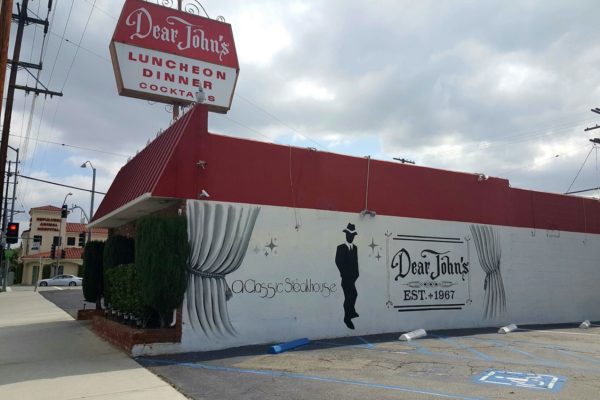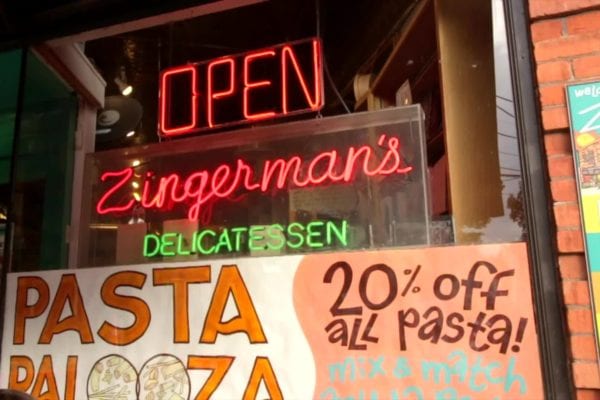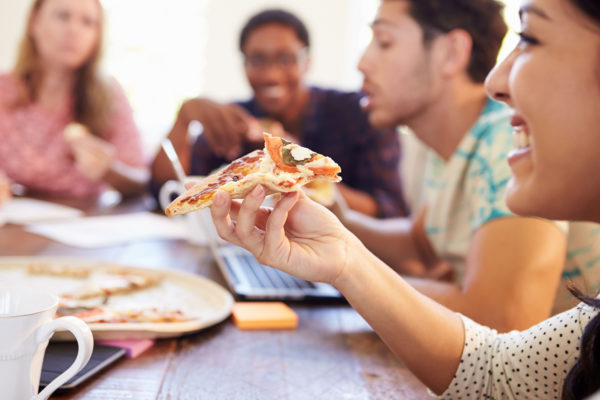Food’s the Focus for the New Ando
Delivery-only restaurants haven’t gotten off to the best start in the press; startups billed as tech companies received a whole lot of funding but most couldn’t manage to get the concepts off the ground, losing serious cash in the process. (San Francisco’s Sprig, for example, raised over $50 million but was losing a reported $850,000 per month.) Focusing on the tech may have been newsworthy when the delivery services were the darlings in VC-land, but as these businesses try (and in many cases, fail) to disrupt restaurant delivery, it becomes clear that their technology and logistics aren’t the things that will set them apart. Instead, it’s the food. You can spend all the resources in the world perfecting algorithms and logistics, but at the end of the day if the food isn’t standout, no one is going to order from you, period.
In New York, David Chang’s Ando has revamped its menu offerings, focusing more of its energy on food and less on the logistics and technology of delivery. CEO Andy Taylor, who comes from Pret a Manger and Hale and Hearty, echoes what we’ve heard from those in the cooking-for-delivery business: “What we’ve learned is we’re going to let delivery experts figure [logistics] out, while we put our energy into the food. We’ll marry with delivery guys as these processes get tightened up and improved.” As delivery technology evolves, entrepreneurs like Taylor and restaurateurs like San Francisco’s Anthony Strong, of delivery-only Young Fava, see companies like Uber Eats as handling the logistics, so they focus on the food. Which is how it should be, really.
Tock CEO Nick Kokonas Says Many Restaurants Overpay OpenTable
Nick Kokonas has not been quiet in his criticism of OpenTable, but his Medium post this week takes it to the next level. Kokonas says he long believed OpenTable was overcharging its restaurant customers, and now it appears he can prove it. In short: OpenTable charges a restaurant per diner when that diner books a reservation through the OpenTable website. This charge makes sense when you consider that OpenTable powers that diner’s discovery of a particular restaurant — as a restaurant, you’re paying a small fee for additional marketing. If a diner goes directly to the restaurant’s website to book, OpenTable charges significantly less per diner. This only works, though, if the restaurant website adds a particular line of code to differentiate the two experiences — which, he says, many do not. An engineer on the Tock team wrote a program for restaurants to audit their website code to see if they’re overpaying for covers. “I’ve long suspected that this was common practice but now we have the data to prove it,” he writes. OpenTable has not commented on Kokonas’s assertions.
London Restaurant Provides Instagram Kits to Diners
If patrons are going to photograph their restaurant food, you might as well give them the tools to do it well, right? One restaurant in London agrees, and is lending diners “Instagram kits” to enhance their social media posts. The kits from restaurant Dirty Bones include a LED light, multi-device charger, clip-on wide-angle lens, tripod…. and a selfie stick, according to an article in Mic. The kits are available only at one of the four Dirty Bones locations, a new one apparently designed “with Instagram in mind.”
I get it, I do. Restaurants know that patrons are going to take photos of their meals, so they may as well control as much of the marketing message as they can. Tables, plates, glassware, dishes, drinks, everything is designed to be photographed and recognized. One one hand, this encourages individuality. On the other, I’d prefer to not eat dinner in a photo shoot. In a statement, the restaurant says they’ve intentionally kept the equipment small, but how is it possible that a selfie stick won’t cause some sort of disruption?




